International Perspective on Publishing and Avoiding Predatory Journals
On March 3, 2022, José Florencio F. Lapeña, Jr., MD, presented “International Perspectives on Publishing, Peer Review, and Avoiding Predatory Journals” for the AAO-HNSF Resident Reviewer Development Program (RRDP) and International Community Curriculum.

A former RRDP mentor, Dr. Lapeña is a professor in the Department of Otolaryngology–Head and Neck Surgery at University of the Philippines Manila College of Medicine. He is also the attending otolaryngologist at Philippine General Hospital.
According to Dr. Lapeña, the term “predatory publisher” was first used by University of Colorado Denver librarian Jeffrey Beall. From 2012 to 2017 Mr. Beall maintained a private blog that identified potential, possible, or probable predatory journals and publishers. The term “predatory” refers to exploiting others out of greed or for personal gain. This applies to pseudo, fake, or scam journals or publishers whose main motive is financial gain. It is important to note, however, that one should not conflate predatory journals with those that are under-resourced.
A common practice of predatory journals and publishers is sending phishing emails promising quick reviews and open access publication in exchange for a fee but without standing by best editorial or publishing practices. Often, these phishing emails may have one or more details that are obviously red flags, including misspelling the recipient’s name, misidentifying the field of expertise and training, and/or references to journals unrelated to the recipient’s field. Promises to “finish the review process quickly” along with grammatical errors in the text of the email are certain giveaways. Dr. Lapeña cautions clinicians not to be fooled by empty, cheap flattery. In addition, these correspondences typically come from a U.S. or UK email address.
With predatory or pseudo journals and publishers, the promised articles may never be published at all. Or they may be published with such poor quality or accessibility that any research is effectively lost. Dr. Lapeña shared an example of an early career colleague who could not afford the article processing fee and the predatory journal ended up publishing a draft of the article, including typographical errors. Furthermore, the publisher would not take down the article unless the processing fee was paid—an all-too-common practice.
How Can You Avoid Predatory Journals?
Dr. Lapeña shared some tips for avoiding predatory or pseudo journals:
1. Check to see if a journal claiming to be open access is listed on the Directory of Open Access Journals (DOAJ) at https://doaj.org/.
2. Ask questions. Is the journal indexed in reputable databases? Is the publisher a member of COPE, STM, OASPA, EMAME, or APAME? Does the journal uphold WAME, ICMJE, and CSE guidelines? Do not take the journal’s word; check these scholarly organizations’ websites.
3. Follow Think. Check. Submit. Visit https://thinkchecksubmit.org/.
In addition to these tips, the World Health Organization’s Global Index Medicus (GIM) provides worldwide access to biomedical and public health literature produced by low-to-middle-income countries. The material is collated and aggregated by WHO Regional Office Libraries on a central search platform allowing retrieval of bibliographical and full text information.
The World Association of Medical Editors, or WAME, is a nonprofit voluntary association of editors of peer-reviewed medical journals from countries throughout the world that seeks to foster international cooperation among and education of medical journal editors. And the International Committee of Medical Journal Editors, or ICMJE, is a small working group of general medical journal editors whose participants meet annually and fund their work on the Recommendations for the Conduct, Reporting, Editing and Publication of Scholarly Work in Medical Journals.
Other fundamental questions to ask yourself and your colleagues to protect against predatory or pseudo journals include:
1. Do you or your colleagues know the journal? Have you read any articles in the journal and is it easy to find its latest papers?
2. Can you easily identify and contact the publisher? Is the publisher’s name clearly displayed on the journal website?
3. Is the journal clear about the type of peer review it uses?
4. Are articles indexed in services that you use?
5. Is it clear what fees will be charged? Does the journal’s website explain what these fees are for and when they will be charged?
6. Do you recognize the editorial board and its members? Do the editorial board members mention the journal on their own websites? There are journals that arbitrarily list scholars who do not know that they are listed, nor have they given permission to be listed.
Dr. Lapeña also shared that WAME provides this helpful resource and algorithm for editors, researchers, funders, academic institutions, and other stakeholders to help distinguish predatory journals from legitimate journals.
Please visit the RRDP and International Community Curriculum web page for information about past and future sessions.




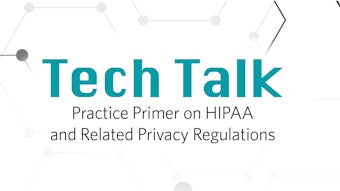

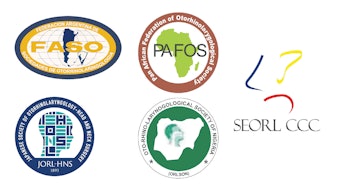
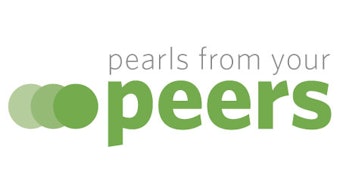
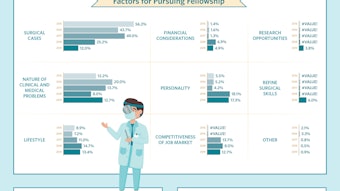


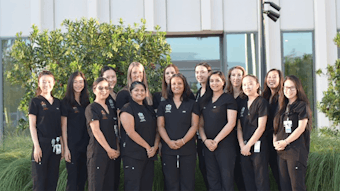
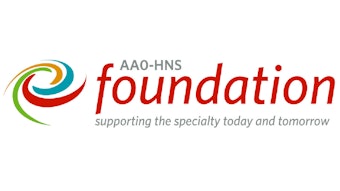
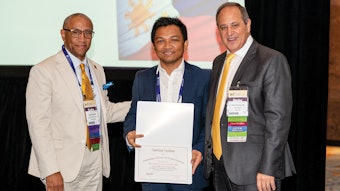
![Getty Images 1013668346 [converted] 01](https://img.ascendmedia.com/files/base/ascend/hh/image/2022/03/GettyImages_1013668346__Converted__01.6244bdb1d9995.png?auto=format%2Ccompress&fit=crop&h=191&q=70&w=340)

